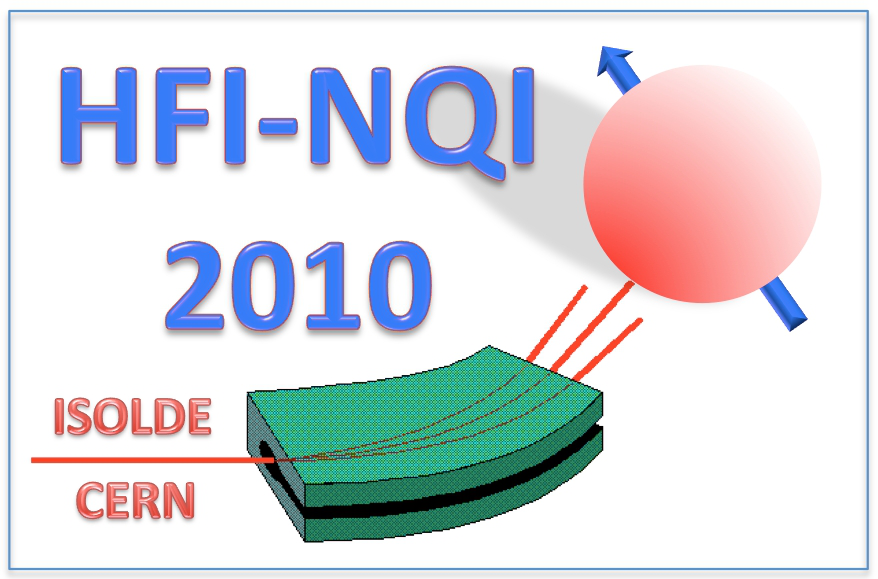Speaker
Description
Summary
Laser light from a YAG laser (532 nm) was focused by a convex lens onto the target 57Fe metal block. Laser-evaporated Fe atoms were deposited on a graphite substrate. The temperature of the substrate was maintained at the desired temperature (300–600 K range) using a resistive heater. One pulse of laser ablation produces 4 x 10-9 mol of Fe atoms, and the amount of the laser-deposited Fe was controlled by varying the number of laser pulses. Mössbauer spectra of the Fe/C on the graphite substrates were measured at room temperature in a transmission geometry using a 57Co/Rh source.
Laser depositions of Fe were performed while the temperature of the graphite substrates was kept at 570 K, and their Mössbauer spectra are shown in Fig. 1. The amounts of Fe deposited on the graphite substrates are indicated as equivalent thickness of -Fe. Laser evaporated Fe atoms have high translational energy (several hundreds eV) and reacts with graphite to form Fe/C compounds. The Mössbauer spectrum of the sample with a small amount of Fe (10 nm) was fitted into a combination of two sets of sextets and a doublet. The sextets were assigned to cementite Fe3C and -Fe, and the doublet ( = 0.3 mm/s, EQ = 1.1 mm/s) was assigned to amorphous iron carbide. The intensity ratio of the sextet absorption of Fe3C was approximately 3:4:1:1:4:3, which indicates that the nuclear spin orientation of Fe3C is parallel to the substrate surface. Increasing the amount of Fe (25 nm), the yields of -Fe increased as it may produced on the top of Fe/C surface. Similar experiments were performed at lower temperature at 300 K, and the yield of amorphous Fe/C was enhanced, while Fe3C decreased.
References
[1] Y. Yamada et al., Abstract book and proceedings of ICAME2009 (2009).
| Are you a student, a delegate from developing countries or a participant with physical needs and would like to apply for a sponsored accomodation. Please answer with yes or no. | no |
|---|---|
| Please specify whether you would prefer an oral or poster contribution. | poster |
